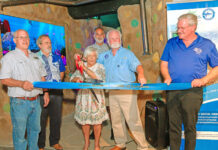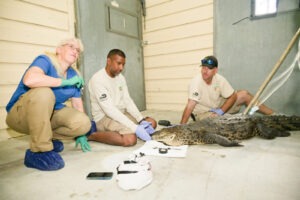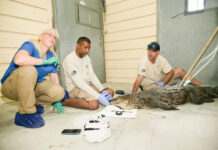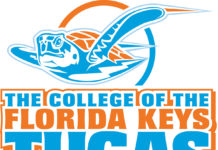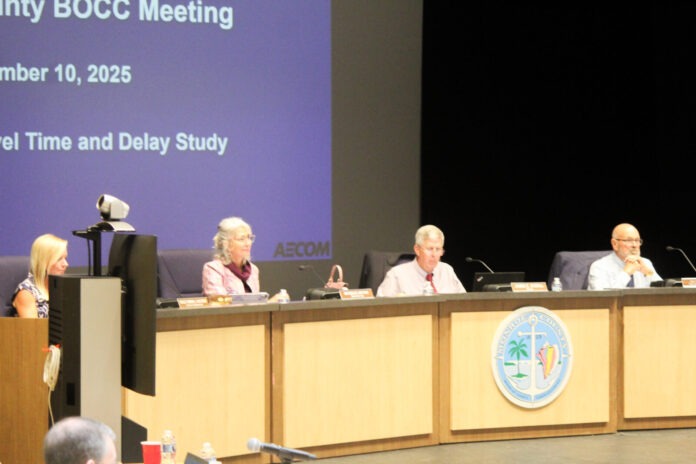
Monroe County commissioners unanimously rejected a draft proposal to give the Florida Department of Transportation authority to potentially enlarge segments of U.S. 1 to four lanes of traffic.
Commissioners made their positions known before members of the public took to the microphone to voice their opposition to the proposed policy change during a Sept. 10 meeting in Key Largo.
The proposal would have removed language stating Monroe County “shall coordinate with FDOT on these portions of U.S. 1 that are shown as two lanes on the future traffic circulation map to maintain them as two lanes for the planning horizon.”
The proposal strictly involved unincorporated areas of Monroe County. Talks surrounding more traffic lanes date back to November 2024, when commissioners directed staff to draft a proposed amendment to allow for up to four lanes of traffic on any new bridges FDOT constructs in unincorporated Monroe County.
In addition, commissioners directed staff to meet with FDOT to determine if adding more lanes of traffic to the non-bridge segments of U.S. 1 in unincorporated areas would improve the day-to-day traffic congestion.
Emily Schemper, growth management director, said FDOT was initially seeking to replace the Seven Mile and Long Key bridges. With the planning came a study of potentially more lanes.
FDOT, however, is no longer pursuing new bridge construction. Instead, it is seeking to conduct only rehabilitation projects.
Schemper said county and FDOT officials met in January to discuss whether adding lanes in unincorporated Monroe County would help traffic flow. FDOT replied that language within the county comprehensive plan would have to be removed, giving full authority to the state without the county having a final say.
The county’s planning commission recommended commissioners deny the proposed amendment due to its inconsistency with the principles for guiding development in Monroe County. The proposal, which dealt solely with unincorporated areas, still caught the attention of Islamorada officials, several of whom attended the meeting.
Speaking on behalf of the village council, Vice Mayor Don Horton requested county officials never consider four lanes through Islamorada.
“The four-laning of Islamorada would just be devastating to our businesses and our way of life,” he said.
The planning commission’s recommendation, as well as opposition from residents via phone calls and emails to commissioners and public comment, shut down the idea. Commissioner Holly Raschein requested discussion among the commission to give residents an idea of their decision before a public comment period began.
“I feel like we’ve got a handle individually on where we’re leaning,” she said.
Commissioner Michelle Lincoln said they should stick to adding more turn lanes, not additional traffic lanes, where feasible on U.S. 1. She also noted FDOT is examining a potential ferry system that could transport people from various parts of the Keys, as well as the mainland, in a bid to reduce traffic on the highway.
“I would appreciate us putting pressure on FDOT to do the things that we know can help,” she said.
Lincoln also recommended county staff and County Administrator Christine Hurley come up with a better transit system for those commuting from areas like Big Pine and Big Coppitt Keys to work in Key West.
Before the discussion on the proposal, county commissioners received a report on the 2025 U.S. 1 arterial travel time and delay study. The study is done every two years by the county’s traffic consultant, AECOM, to monitor the level of service (LOS) on U.S. 1. The report cost the county $131,864.99.
The study report gave the overall LOS a “C” grade, with a median speed of 45.6 mph. All segments within unincorporated Monroe County currently operate at grade C or better.
Three segments in Islamorada, MM 84 to MM 86 on Windley Key, MM 79.5 to MM 84 on Upper Matecumbe Key and MM 73 to MM 77.5 on Lower Matecumbe Key, were found to be underperforming and received “D” grades.
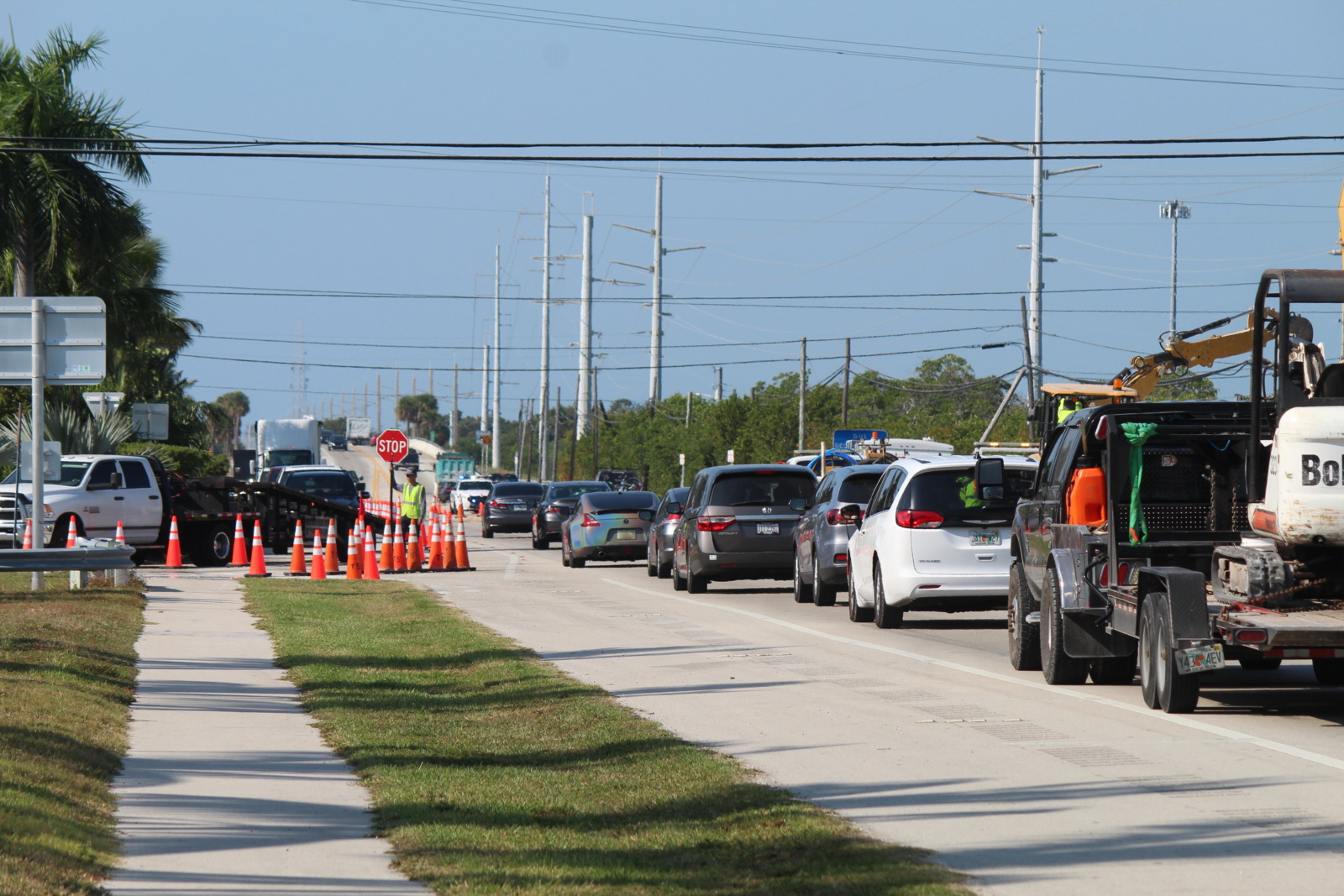
County land development code states U.S. 1 must have sufficient capacity in unincorporated areas to be rated at least a “C” for the length of the highway. Development may be approved as long as it doesn’t worsen traffic by more than 5% below C.
County commissioners ultimately approved the study following more than two hours of discussion, questions and public comment.







